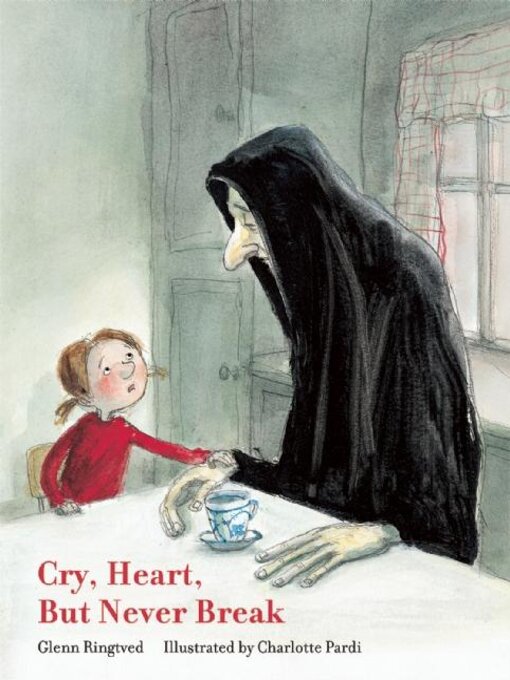A poetic picture book about being able to say goodbye to those we love, while holding them in memory.
Winner of the 2016 Mildred L. Batchelder Award
A Bank Street College of Education Best Children's Book of 2017
A Choosing Therapy Best Grief Book for Children for 2022
Aware their grandmother is gravely ill, four siblings make a pact to keep death from taking her away. But Death does arrive all the same, as it must. He comes gently, naturally. And he comes with enough time to share a story with the children that helps them to realize the value of loss to life and the importance of being able to say goodbye.



